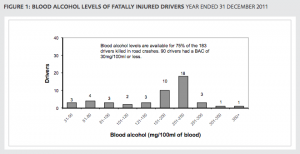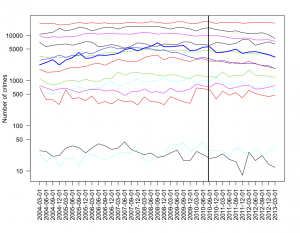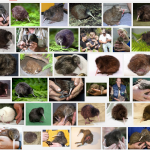White House report: ‘Big Data’
There’s a new report “Big Data: Seizing Opportunities, Preserving Values” from the Office of the President (of the USA). Here’s part of the conclusion (there are detailed recommendations as well)
Big data tools offer astonishing and powerful opportunities to unlock previously inaccessible insights from new and existing data sets. Big data can fuel developments and discoveries in health care and education, in agriculture and energy use, and in how businesses organize their supply chains and monitor their equipment. Big data holds the potential to streamline the provision of public services, increase the efficient use of taxpayer dollars at every level of government, and substantially strengthen national security. The promise of big data requires government data be viewed as a national resource and be responsibly made available to those who can derive social value from it. It also presents the opportunity to shape the next generation of computational tools and technologies that will in turn drive further innovation.
Big data also introduces many quandaries. By their very nature, many of the sensor technologies deployed on our phones and in our homes, offices, and on lampposts and rooftops across our cities are collecting more and more information. Continuing advances in analytics provide incentives to collect as much data as possible not only for today’s uses but also for potential later uses. Technologically speaking, this is driving data collection to become functionally ubiquitous and permanent, allowing the digital traces we leave behind to be collected, analyzed, and assembled to reveal a surprising number of things about ourselves and our lives. These developments challenge longstanding notions of privacy and raise questions about the “notice and consent” framework, by which a user gives initial permission for their data to be collected. But these trends need not prevent creating ways for people to participate in the treatment and management of their information.
You can also read comments on the report by danah boyd, and the conference report and videos from her conference’The Social, Cultural & Ethical Dimensions of “Big Data”‘ are now online.


